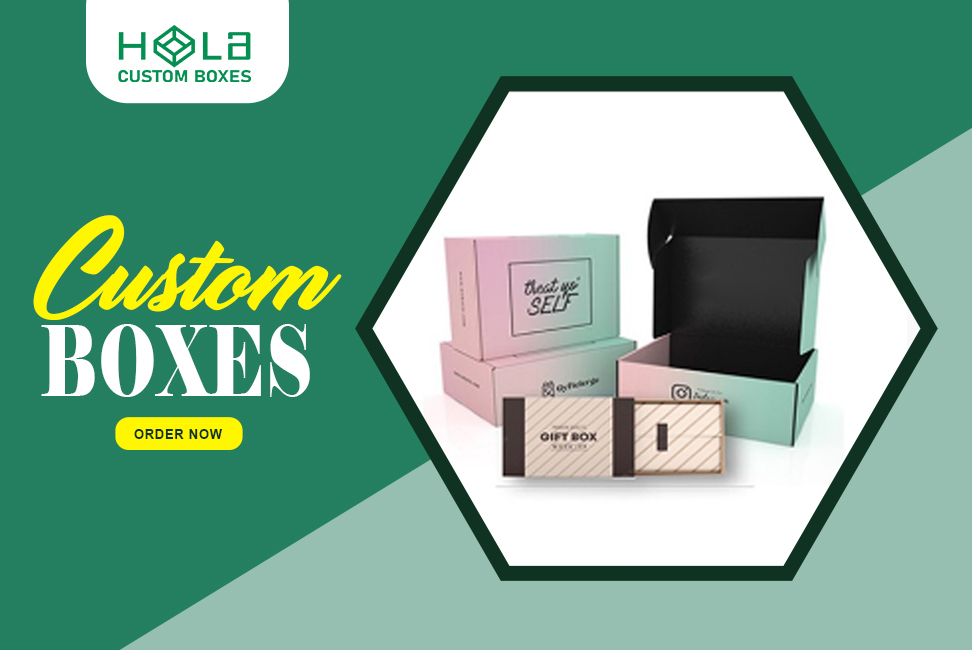Designing for Symmetry in Rigid Box Construction
2025-09-24 04:26:58
Designing for symmetry in rigid box construction boosts visual appeal and enhances brand perception. Symmetrical designs create a sense of harmony, evoking trust and a perception of higher quality. Balanced structures also improve durability, ensuring better load distribution and reducing weak points. You can achieve symmetry by using grids for layout and selecting durable materials that maintain integrity. Discovering more about successful case studies and future trends can further elevate your packaging game.
Key Takeaways
- Incorporate design principles like proportion and alignment to ensure visual balance in rigid box construction.
- Use grids to guide layout, promoting symmetry in design elements and overall aesthetics.
- Select high-quality materials that support structural integrity and maintain a balanced weight distribution.
- Prototype designs and evaluate them from various angles to ensure symmetrical appeal and functionality.
- Implement geometric forms and balanced color placement to enhance the visual harmony of the box design.
The Role of Symmetry in Packaging Aesthetics
When you consider packaging design, symmetry plays a crucial role in creating visual appeal. It establishes a sense of visual harmony that attracts the eye and draws consumers in. When you design a symmetrical package, you’re not just focusing on aesthetics; you’re also shaping consumer perception. A balanced design can evoke feelings of trust and reliability, making your product more appealing. This perception can lead to increased sales, as consumers often associate symmetry with higher quality. By prioritizing symmetry in your packaging, you create an inviting experience that resonates with potential buyers. Remember, the way you structure your design can significantly influence how consumers perceive your brand and its value. Strive for that balance, and watch your packaging stand out.
Start with custom rigid boxes for precise fits.
Structural Benefits of Symmetrical Designs
While many focus on the aesthetic appeal of symmetry, its structural benefits in rigid box construction are equally significant. When you design a box with symmetrical features, you enhance load distribution across its surfaces. This balanced design helps ensure that weight and pressure are evenly spread, reducing the likelihood of weak points. By conducting a thorough stress analysis, you can identify potential failure areas that might arise from asymmetrical designs. With symmetrical construction, you create a more resilient product that can withstand external forces better. Ultimately, these structural advantages not only improve durability but also contribute to the overall functionality of the box, making it a smarter choice for your packaging needs.
Gift sets scale with custom rigid gift packaging boxes.
Material Selection for Balanced Construction
Selecting the right materials is crucial for achieving balanced construction in rigid boxes, as it directly impacts both their performance and longevity. You need to focus on material durability to ensure the boxes withstand handling and environmental factors. Choosing sturdy materials like high-grade cardboard or composite boards can enhance strength while maintaining a lightweight profile. This balance is vital for optimal weight distribution, allowing the box to carry its contents without risk of deformation. Additionally, consider using consistent material types throughout the design to maintain symmetry and structural integrity. By prioritizing these aspects, you’ll create rigid boxes that not only look good but also function effectively, ensuring your products are well-protected and presented beautifully.
For eco-first rigid looks, pair with custom printed kraft packaging boxes slipcovers.
Techniques for Achieving Symmetry in Box Design
Achieving symmetry in box design is key to creating an aesthetically pleasing and functional product. To start, apply fundamental design principles like proportion and alignment. Use grids to guide your layout, ensuring each element mirrors the other for visual balance. When choosing shapes, opt for geometric forms that naturally lend themselves to symmetry. Pay attention to color distribution; balanced color placement can enhance the overall design without overwhelming it. Additionally, consider the weight distribution of materials; evenly distributed weight contributes to both symmetry and functionality. Lastly, prototype your designs and evaluate them from different angles to confirm that they achieve the desired visual balance. By implementing these techniques, you’ll create boxes that stand out and effectively serve their purpose.
Case Studies: Successful Symmetrical Rigid Boxes

As you explore successful examples of symmetrical rigid boxes, you'll find that many brands have effectively utilized symmetry to enhance their product appeal. Luxury packaging brands like Chanel and Louis Vuitton showcase how symmetry can elevate a brand identity. For instance, Chanel's iconic box features a balanced design that reflects its timeless elegance, while Louis Vuitton’s symmetrical patterns reinforce its status as a luxury leader. These brands understand that a well-structured box not only protects the product but also creates a memorable unboxing experience. By focusing on symmetry, they’ve crafted packaging that resonates with consumers, making the products feel more prestigious. Ultimately, these case studies highlight the importance of thoughtful design in reinforcing brand identity through luxurious, symmetrical rigid boxes.
Retail variants complement with retail packaging boxes.
Future Trends in Symmetrical Packaging Design
The impact of symmetry in packaging isn’t just a passing trend; it’s evolving with new design innovations and consumer expectations. You’ll see a rise in minimalist approaches, where simplicity and clean lines create visually appealing custom rigid boxes that resonate with today's consumers. These designs not only enhance aesthetics but also streamline production processes. Eco-friendly innovations are shaping the future, too. Brands are increasingly opting for sustainable materials that maintain symmetrical integrity while reducing environmental impact. This commitment to sustainability aligns with consumer values, making packaging more attractive. As you explore future trends, remember that achieving balance in design will be crucial in meeting both aesthetic and functional demands. Embrace these trends to stay ahead in the competitive packaging landscape.
Conclusion
In packaging design, symmetry isn’t just about looks; it’s a powerful balance between form and function. While a beautifully symmetrical box catches the eye, its structural integrity ensures practicality. You’ll find that what appeals visually can also enhance durability, creating a harmonious blend of aesthetics and utility. As you explore future trends, remember that true innovation lies in this delicate dance between symmetry and purpose, where each element complements the other to create something truly remarkable.
